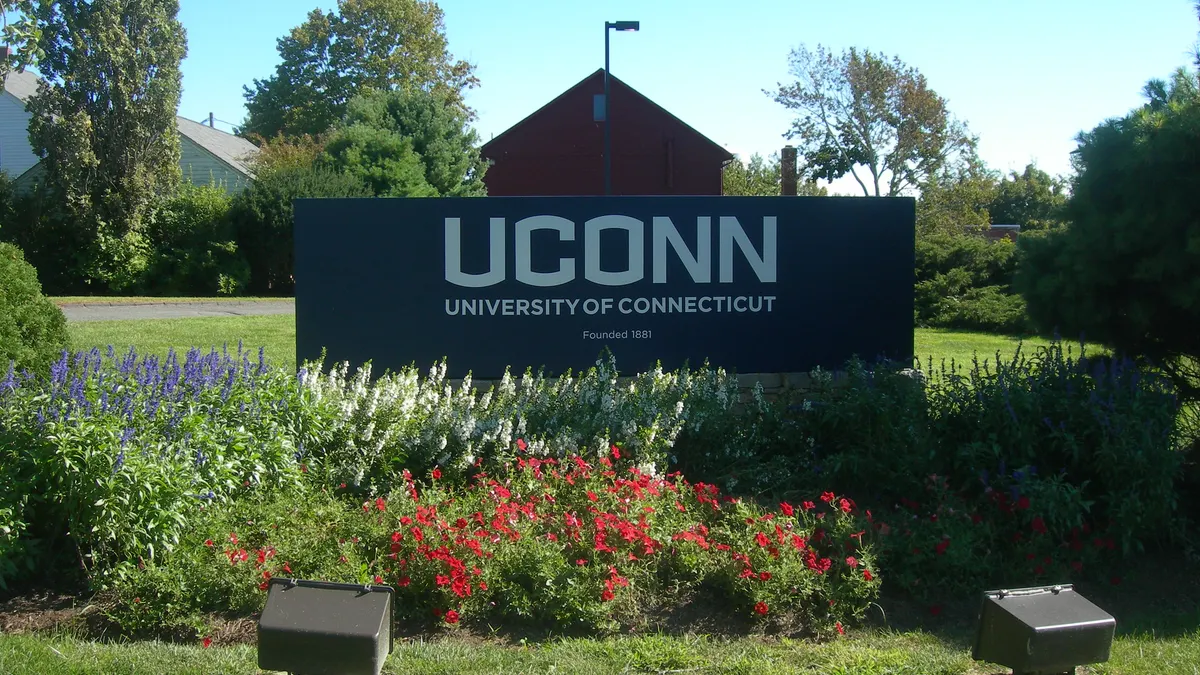Dive Brief:
- Colleges dramatically increased the number of event-planning and tutoring staff positions in 2021-22 as higher education recovers from the pandemic, according to a new report from the College and University Professional Association for Human Resources, CUPA-HR.
- The role of "event planning assistant" saw the most growth among professional and staff positions, a 193% increase from the previous year. Tutoring roles also more than doubled, up 114% from the previous year.
- Tenure-track faculty saw a calmer year by comparison, with less position fluctuation. The number of jobs in library science went up 8.4%, and positions in the liberal arts and sciences grew 7%. On the flip side, the fields of communications technologies and agriculture lost positions, down 22% and 9% respectively.
Dive Insight:
In the early days of COVID-19, colleges terminated staff positions in droves as they faced operational shifts and pandemic-related financial challenges.
Now, hiring has returned in fields related to events, as colleges begin to host in-person activities such as fundraising and academic conferences. The need for more tutoring could stem from incoming students who may have struggled in high school due to remote learning, according to Jackie Bichsel, director of research at CUPA-HR.
"As the high school graduates most impacted by the pandemic’s disruption of classroom learning make their way to college, more tutors may be needed to help them bridge anticipated gaps,” Bichsel said in a statement.
Researchers compared data from 809 institutions for professional positions, 635 institutions for staff positions, and 672 for faculty. Increases come from people hired to fill existing or newly created positions.
Other growing staff positions include institutional research analyst, up 161%, and head of campus museum, up 120%.
Bichsel attributed this to college leaders' wanting to make data-driven decisions and preserve the colleges' cultural histories.
Not all staff and professional positions grew, with some institutions either reducing the available positions or facing unfilled vacancies. For example, environment, health and safety technician positions dropped by 37%.










